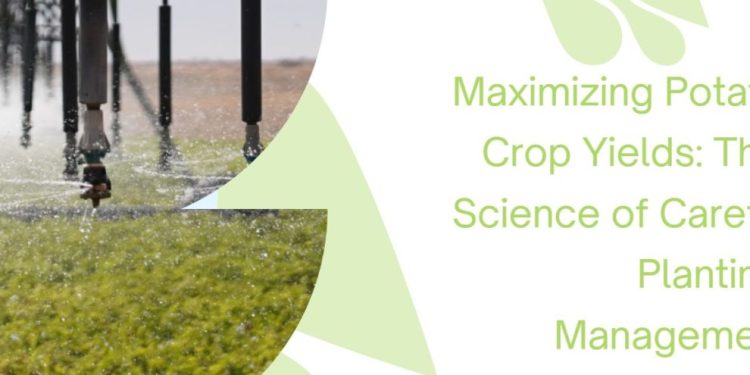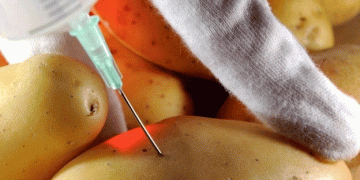#Agriculture #PotatoCrops #PlantingManagement #PrecisionPlanting #MechanicalPlanters #SoilCultivation #CropYields #Agronomy #AgriculturalEngineering #FarmingTechniques
Data Sources: For this article, we have gathered the latest data and information from reputable sources in the agricultural industry, including the Australian government’s Department of Agriculture, Water, and the Environment, scientific research papers, and agricultural expert publications.
Time of Planting:
The timing of planting is a critical factor that significantly impacts potato crop success. In Australia, the ideal planting time is determined primarily by climate conditions, followed by the choice of cultivar and end-use of the potatoes. Extreme heat and excessively wet soil conditions should be avoided during planting, as they can lead to poor crop establishment and lower yields.
Market Considerations:
Beyond climatic factors, other considerations such as market demand, contracted tonnage, and delivery schedules play a role in determining the optimal planting window. Understanding the end-use or market for the potatoes is essential for aligning planting times with the best-selling opportunities, ensuring efficient crop utilization, and maximizing profits.
Mechanical Planters:
Commercial potato crops in modern agriculture rely on mechanical planters for precision seed piece delivery. These planters, with two, three, four, or six rows, employ cup feeds to ensure uniform plant stands. Additionally, clamp, needle, and belt planters are also utilized, each offering unique advantages in different farming contexts.
Soil Cultivation and Seed Piece Management:
In addition to planting time and mechanical planters, proper soil cultivation before and after planting plays a pivotal role. Adequate preparation of the soil helps create an optimal environment for potato growth and ensures better tuber development. Controlling seed piece depth and spacing is equally crucial, as it influences tuber size and yield.
Achieving a bountiful potato harvest requires meticulous planting management. By considering factors such as climate, cultivar, market demand, and using precision mechanical planters, farmers can establish a strong and uniform plant stand, leading to abundant tuber production. Proper soil cultivation and careful seed piece management complement these efforts, paving the way for successful potato cultivation.
Source: Australian Potato Growers






